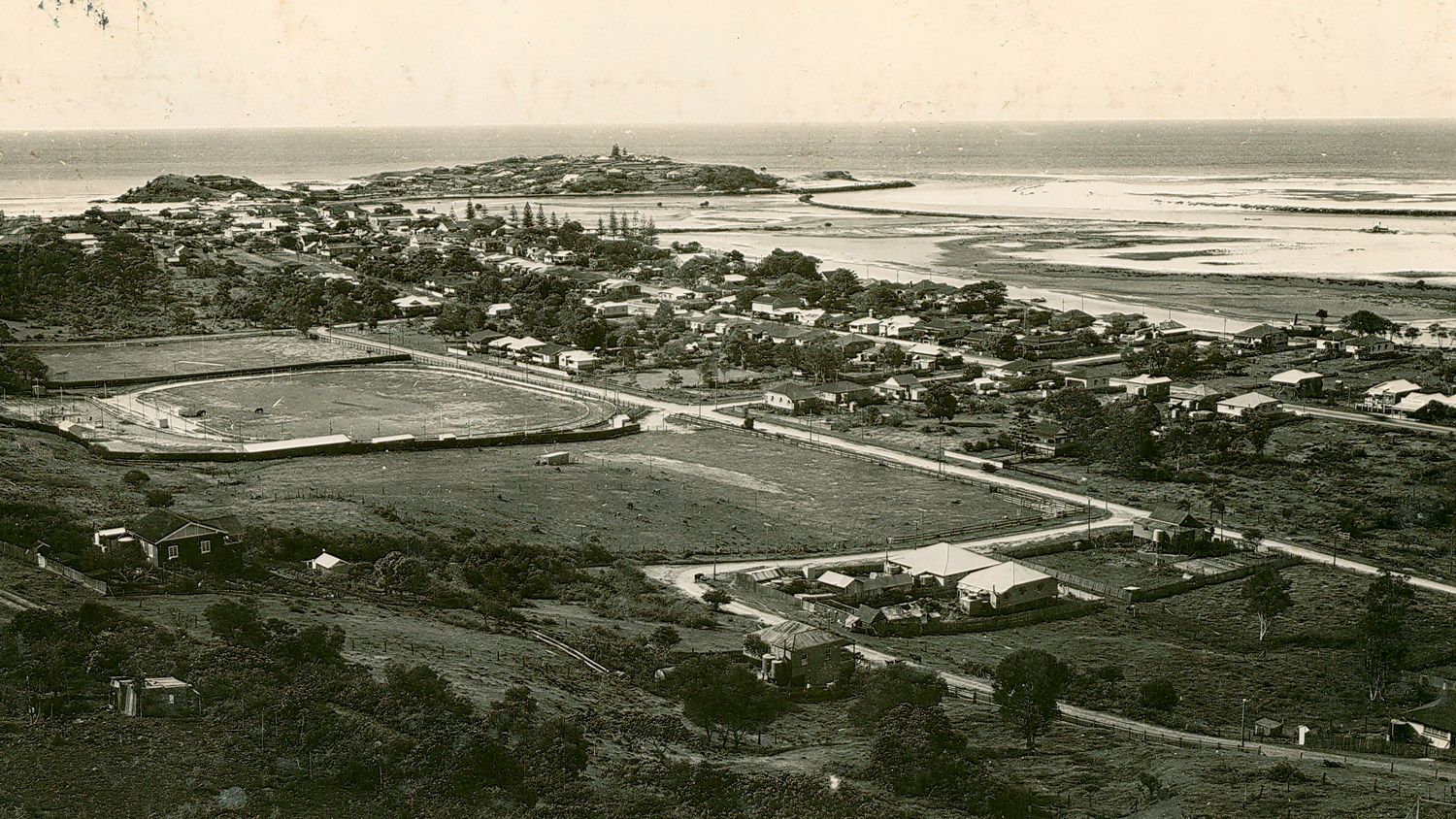NSW Correspondence School
These photos show the NSW State Correspondence School, Blackfriars. It began in early 1916 for children living in remote and country areas.
27 children were initially enrolled and by October of that year a teacher, WA Carter, was appointed to run the school. The service rapidly expanded and, due to lack of space, was divided into four separate schools. These were eventually consolidated under one Principal in the former Blackfriars Public School in Chippendale.
By the end of 1924 there were almost 2,300 students enrolled. The teaching method involved the correspondence pupils working in three separate workbooks that circulated over five-day periods. At any one time, one workbook was being marked by the teacher, a second was in the post and a third was with the student.
A school magazine, The Outpost, was first published in 1935 as a'connecting link between the pupils, ex-pupils, parents, supervisors, and the School, and each other ... with the School, its activities and its social services, as the focal point.'In December 1990, under a four-year Rural Education Plan to improve educational services for isolated and country children, the Correspondence School closed, to be replaced in 1991 by 17 Distance Education Centres.
Extracted from Agency information in the State Archives catalogue
These photos are from the Commonwealth Film Unit production "School in the Mailbox" which was directed by Stanley Hawes and released in 1947. Watch the short film on the National Film and Sound Archive YouTube Channel.
The postal service is vital for the Correspondence School
Children receive lessons in the mail from the State Correspondence School. The postman delivers lessons for the youngsters and collects and returns all completed school exercises from the previous school delivery.
Children work remotely
The school magazine
Among the State Correspondence School papers the mailman delivers is the latest edition of The Outpost,the school magazine.
Teachers check the work returned by mail
Published on
More stories
Browse all
Alexander Riley, legendary Aboriginal police tracker
The remarkable talents of Aboriginal trackers who worked for NSW Police in the 20th century are featured in a display at the Justice & Police Museum

Carrington albums – illuminated addresses
On 2nd January 2014 State Records NSW received 22 Presentation albums from the Centre for Buckinghamshire Studies in Aylesbury, Buckinghamshire, United Kingdom

